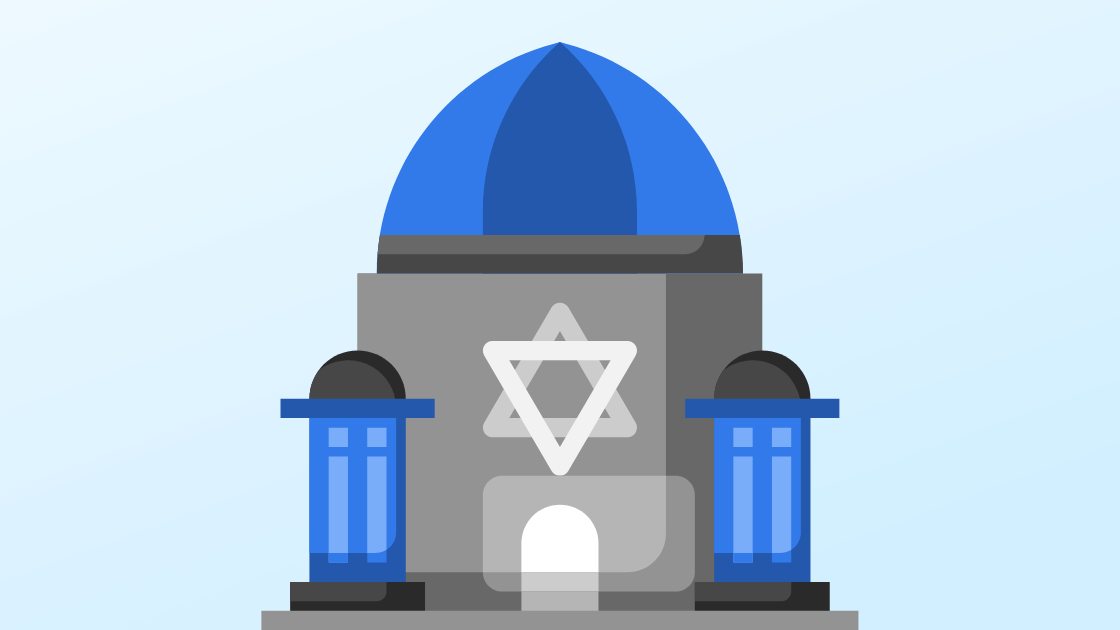Judaism encourages its followers to embrace life and accept death as inevitable even though the afterlife is uncertain. Death is celebrated with Jewish burial customs based on the Torah that mandate a quick funeral service and a month-long period of mourning that begins with sitting Shiva for seven days.
Funerals for practicing Jews are steeped in Jewish tradition. The Jewish community is a tight-knit group that supports one another when someone dies. The Jewish practice of the immediate family sitting shiva, with community members coming to give their condolences, is just one example of the beautiful practice of supporting one another.
Just as there are many rules and customs for living as a Jew, there are many traditions and practices commonly practiced at death. When hearing about a death, a Jew recites the words, “Baruch dayan emet,” of “Blessed be the one true Judge.”
While burial practices vary for members of Reformed Synagogues, the traditional burial process is simple and swift. After death, the body is washed, often by sacred burial society (Chevra Kaddisha), dressed in a tachrichim, a simple white shroud, and prayers shawl or tallit, and placed in a simple pine coffin.

Table of Contents
What is The Jewish Attitude Toward Death?
Although there are no last rites given in the Jewish faith, when a person knows they are close to death, there might be certain prayers he or she wants to recite. Jews feel strongly that someone dying should not be left alone, so once you pass, someone will stay with your body until you are buried.
If the person has not died on the Sabbath, immediate family members with the deceased might immediately tear their own clothing in a sign of respect and mourning. In Reformed Judaism, the rabbi hands black ribbons handed to them by the rabbi.
Jews feel that while eventually, all bodies fail us, the soul is eternal. While it is expected that family members will greatly and deeply mourn a lost family member, they also firmly believe a life well lived will be rewarded in the afterlife.
Why Are Jews Buried Quickly?
In the Jewish faith, it is believed that after the person dies and until they are buried, they are not fully at rest. Believing that the soul cannot fully leave the body and move on until the burial, Jewish people are quick to move through the process of a Jewish funeral service.
A quick funeral and burial is also good for the bereaved family members. During the first 24 hours, as people are deeply mourning their loved one, a visit to the funeral home to plan a funeral is done in a whirlwind. The practice of a quick burial allows the immediate family to start sitting shiva, which brings the Jewish family and close friends together for a solid week. This is the start of healing.
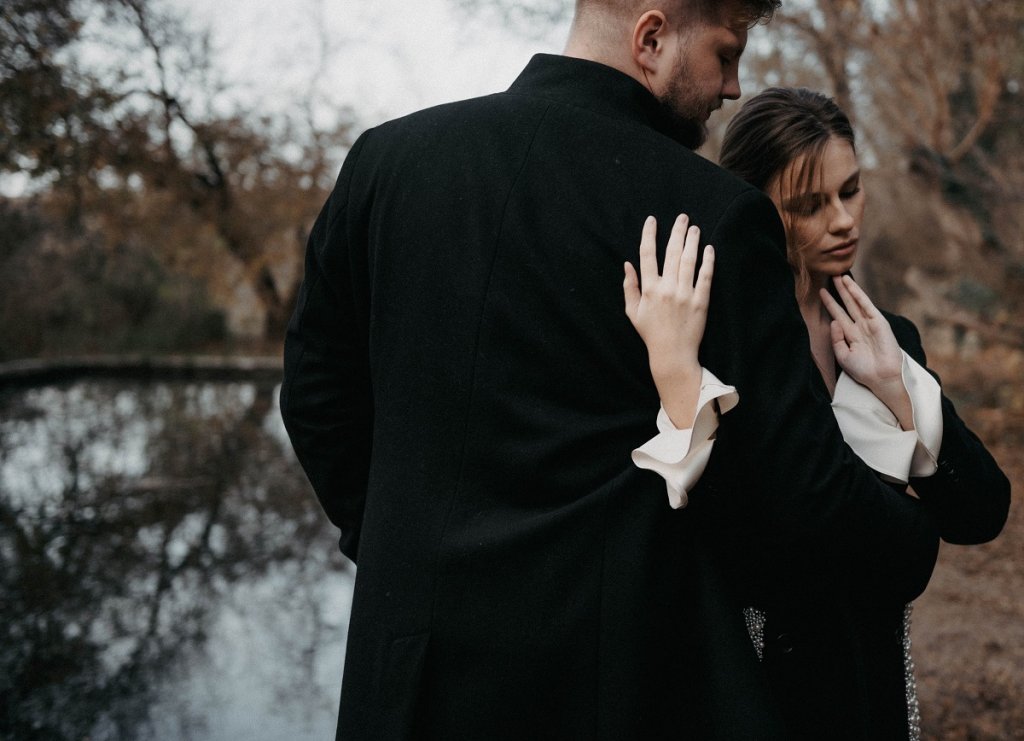
Jewish Burial Customs
- Flowers: It is inappropriate to send flowers to the funeral home, synagogue, or home where family members are sitting shiva. Flowers are bright and colorful and not appreciated within Jewish funeral customs.
- Gift: Jewish custom discourages sending any gifts other than food to mourners. Since the family sits shiva for seven days, sending food baskets or easy-to-warm homecooked meals is the best way you can help.
- Burial vs. Cremation: Jewish customs and beliefs do not allow for cremation. Jewish law also does not allow for the embalming of the body. However, some Reformed Jewish clerics will officiate over services where there has been embalming or cremation.
- When is the Wake Held? There is no wake held for Jews.
- Burial Rituals: The Jewish burial rituals begin with Tahara, the ritualistic cleansing of the body. After the body is washed, it is wrapped in a white shroud called a tachrichim and is then placed in a very simple pine coffin. The body is guarded from the moment the person passes away until it is buried.
- Visitation of the Body: There is not a formal visitation of the body in Jewish custom, nor will there be an open casket. Rather, if you attend a Jewish funeral or burial, you will see the closed casket throughout the services.
- Dress Code: The dress code for a traditional Jewish funeral is rather formal. If you are attending, plan to dress in business-type attire. Men should wear dress pants, a button-up shirt, a tie and perhaps a jacket. Women should wear a conservative-length skirt and a nice blouse or a dress. Clothing should be somber and dark in color.
- Format of the Service: First, the mourners will congregate. next is the keriah, or the ceremonial tearing of the black ribbon or clothing. The family then can enter the synagogue. There will be initial remarks, prayers, and then the eulogy. The casket will be removed and put into a hearse, and the mourners will participate in a funeral procession to the cemetery. The end of the burial service starts the seven days of shiva.
- Mourning Period: The mourning period has multiple stages. First is the pre-burial stage of mourning, followed by Shivah or Shiva, which is the first 7 days after the burial. Shiva is part of the first 30 days of mourning, which is called sheloshim. Lastly, it is important to note that the children of the deceased mourne for an entire year.
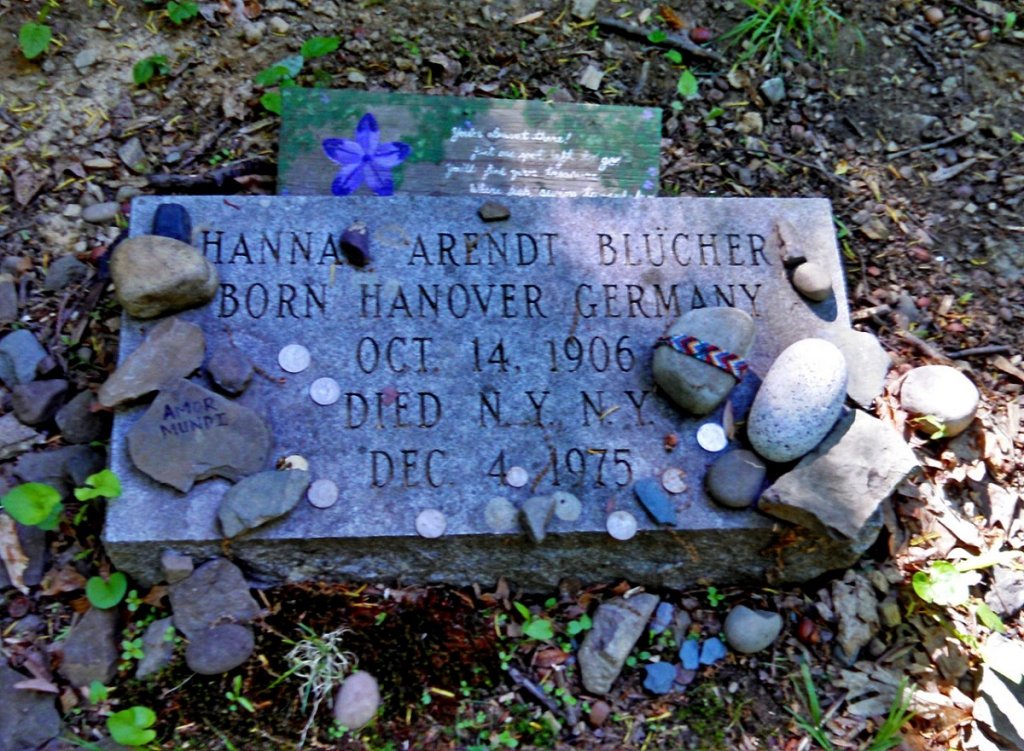
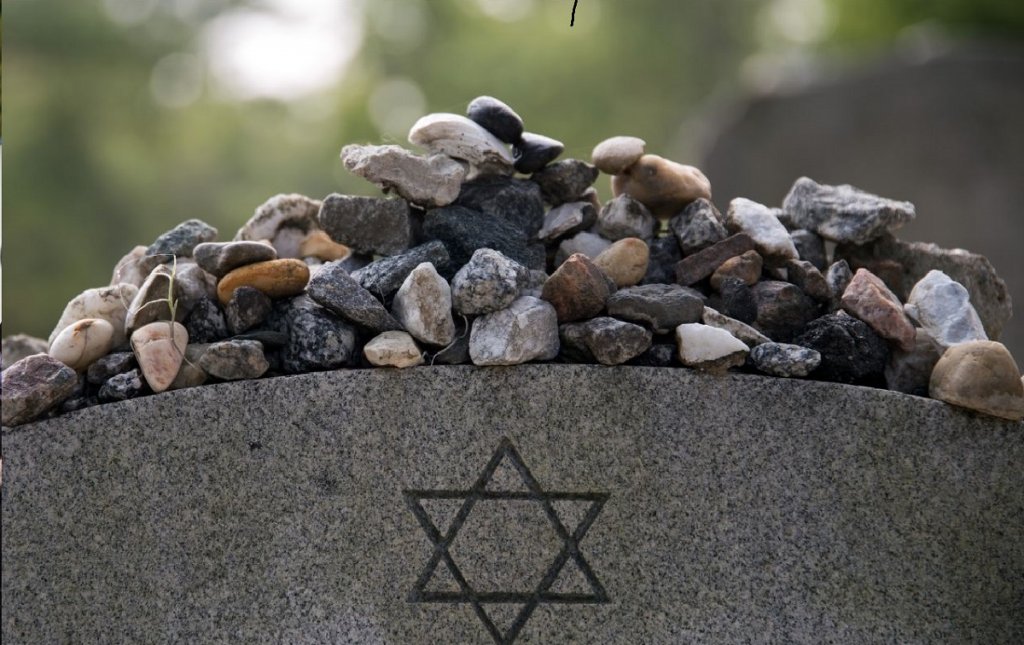
- Headstone Unveiling: At any time after the Sheloshim or the first 30 days of mourning, the headstone may be set in place and unveiled. Many Jews in the US do this toward the end of the first year of mourning. It is customary to leave pebbles on the grave in memory of the ancient practice of marking graves with piles of stones.
- Anniversary of Death: The yahrzeit is the anniversary of a parent, child, or another near relative, and on this date each year, a memorial candle is lit.
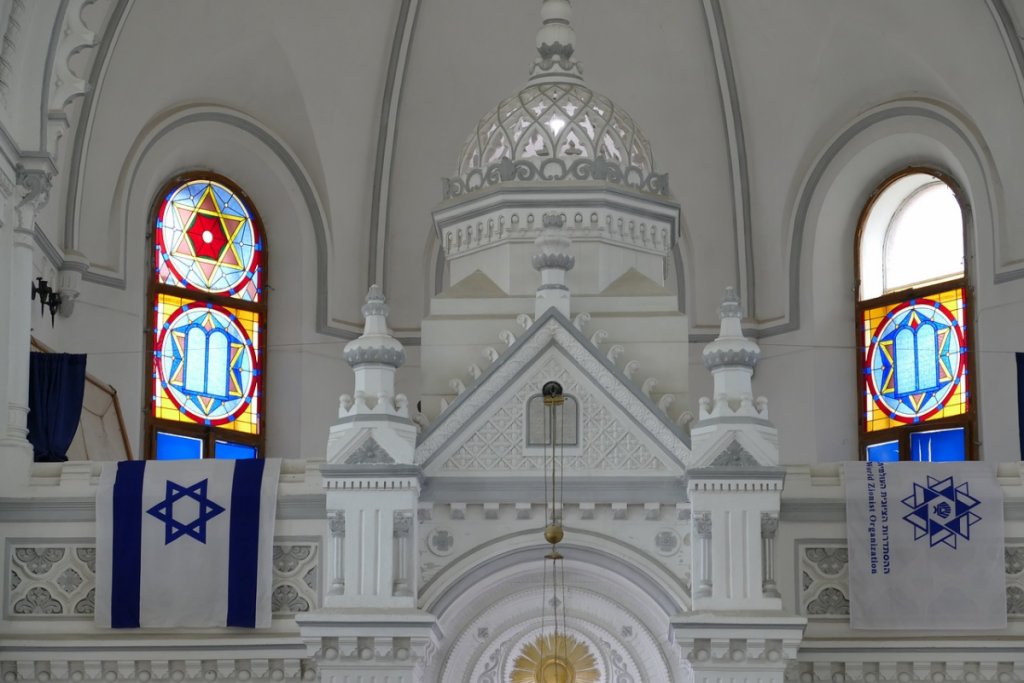
What Is The Order Of Service At A Jewish Funeral?
When looking at components Jewish funeral, you must understand that it starts immediately after the person passes away. Death is a very private thing, so there will not be a viewing of the body and many of the trappings of other funerals.
The services are held in a synagogue and are conducted in English and Hebrew.
- Mourners Congregate: In Jewish custom, the family members will often congregate in a space outside of where the service will take place, while guests will go inside. The family enters the room together.
- Keriah: The next funeral tradition is the tearing of the black ribbon or article of clothing before the family enters the synagogue or chapel in the funeral home.
- Entering the Chapel: The immediate family members enter and sit in the first few rows.
- Initial Remarks and Prayers: After guests are welcomed, the rabbi will move on to prayers and songs. It is customary for readings to be from Psalms, and the family and officiant will try to choose passages that pertain to the life of the deceased. Psalm 23 is the most common to have recited.
- Eulogy: As in other religions and secular funerals, a eulogy or hesped is given. It can be given by a close friend or family member, or the person presiding over the service might speak to mourners who were close to the deceased and put all of the information into one eulogy.
- Family Exits the Chapel: A prayer called the El Malei Rachamim is recited before the family first exits the chapel, followed by others,
- The Casket is Removed: After the family has left, the officiant might give general announcements that could include directions to the cemetery, a place for the funeral meal, and where the family will be sitting shiva. The pallbearers will remove the casket from the chapel.
- Guests Exit: At this time, it is appropriate for the rest of the guests to exit the building.
- Funeral Procession to Cemetary: Within Judaism, it is a good deed, or mitzvah, to attend the funeral and also the burial. If you attended the funeral, you should follow to the cemetery.
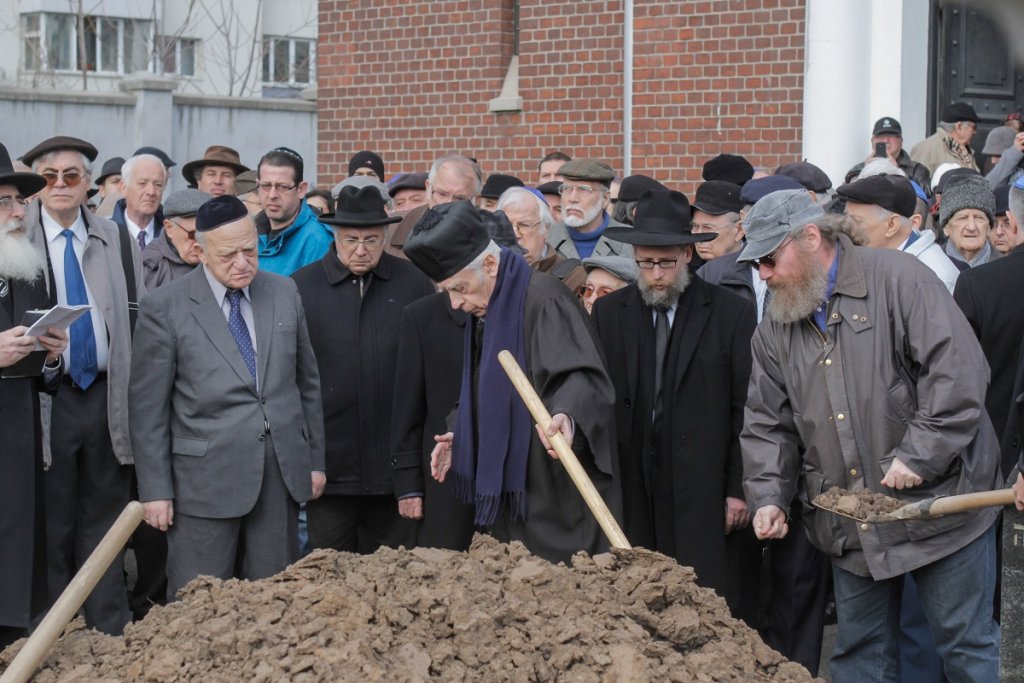
Graveside Jewish Funeral Service:
This portion is typically very brief. The pallbearers bring the casket out of the hearse to the gravesite. In some very traditional Jewish funerals, the pallbearers might intentionally pause seven times as they carry the casket.
Prayers are said as the casket is lowered, followed by the mourner’s kaddish. This is not a prayer about death; rather, it focuses on praise to God. Mourners will then be invited to help cover the casket by putting a handful of dirt on top of it.
After the graveside service, there will be a reception at the home where the bereaved will begin sitting shiva.
What Distinguishes A Jewish Funeral From Those Of Other Religions?
There are many things that distinguish a Jewish funeral from others. The first is how the body is prepared. The body is washed in a ritual and is never embalmed for a Jewish funeral. There is not a wake or an open casket viewing. Jews are never cremated.
When paying your respects, you would not send flowers or a memorial gift at a Jewish funeral, except a possible gift of food. Guests are expected to dress rather formally for any part of a Jewish funeral, including paying a visit to the family in the days following the service and burial.
You might see family members with a torn item of clothing, as is a custom of the faith. Jewish mourning has a formal seven-day period called Shiva, where immediate family members mourn outwardly.

